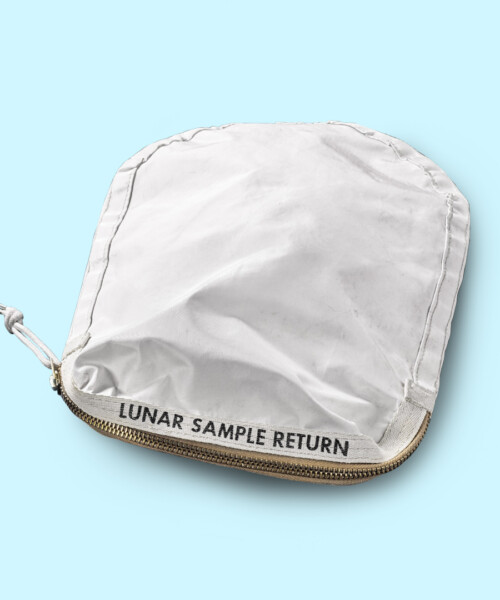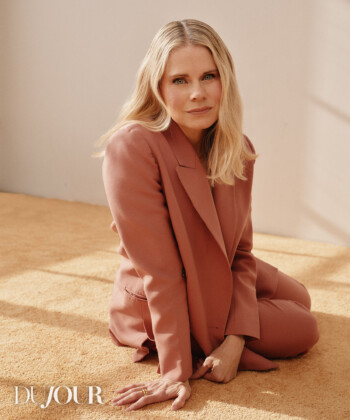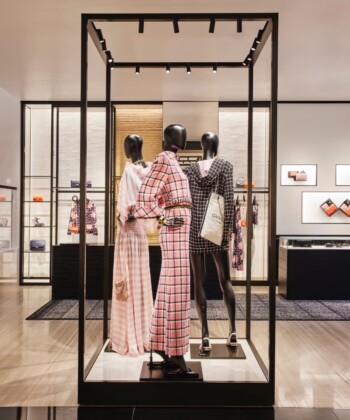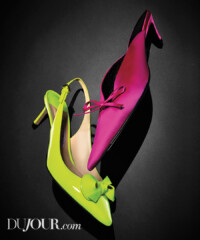The moon has always been a marketable source of mythology and mysticism. Just last year the buzzy health brand Moon Juice managed to coopt Gwyneth Paltrow into drinking its luxe “moon dust” smoothie every morning. Of course, the active ingredient does not actually come from the moon, but the otherworldly allure of Earth’s glowing, constant companion has proven irresistible time and time again.
Which explains why, on July 20th, Sotheby’s expects to fetch between $2 and $4 million with one auction item: a lunar pouch containing remnants of the first ever moon rock and dust sample, gathered by Neil Armstrong. While the Smithsonian houses nearly all of the equipment from Apollo 11, man’s first mission to the moon, the bag was somehow overlooked—only to be discovered over three decades later in a property seizure. Around 12 inches in length, the humble pouch is made of the same fireproof, meteoroid-resistant material as Apollo-era space suits, which NASA developed after the deadly 1967 Apollo 1 launchpad fire.
But the item’s true value lies in the exoticism of owning lunar material, given the legal limitations (even astronauts aren’t allowed to retain, let alone sell, pieces of the moon). “My client went to court in order to keep it,” says Sotheby’s Cassandra Hatton of the bag’s current owner, who snagged it at a small auction for $995 before having it authenticated by NASA. “She more or less won the lottery.”
As it turns out, moon dust doesn’t possess any special nutritional properties, and would surely ruin a breakfast smoothie: “Anything you would find in moon dust, you would find on Earth,” says Hatton. “The grains are very angular and sharp. They stick to everything.”
Main image: Courtesy Sotheby’s






































